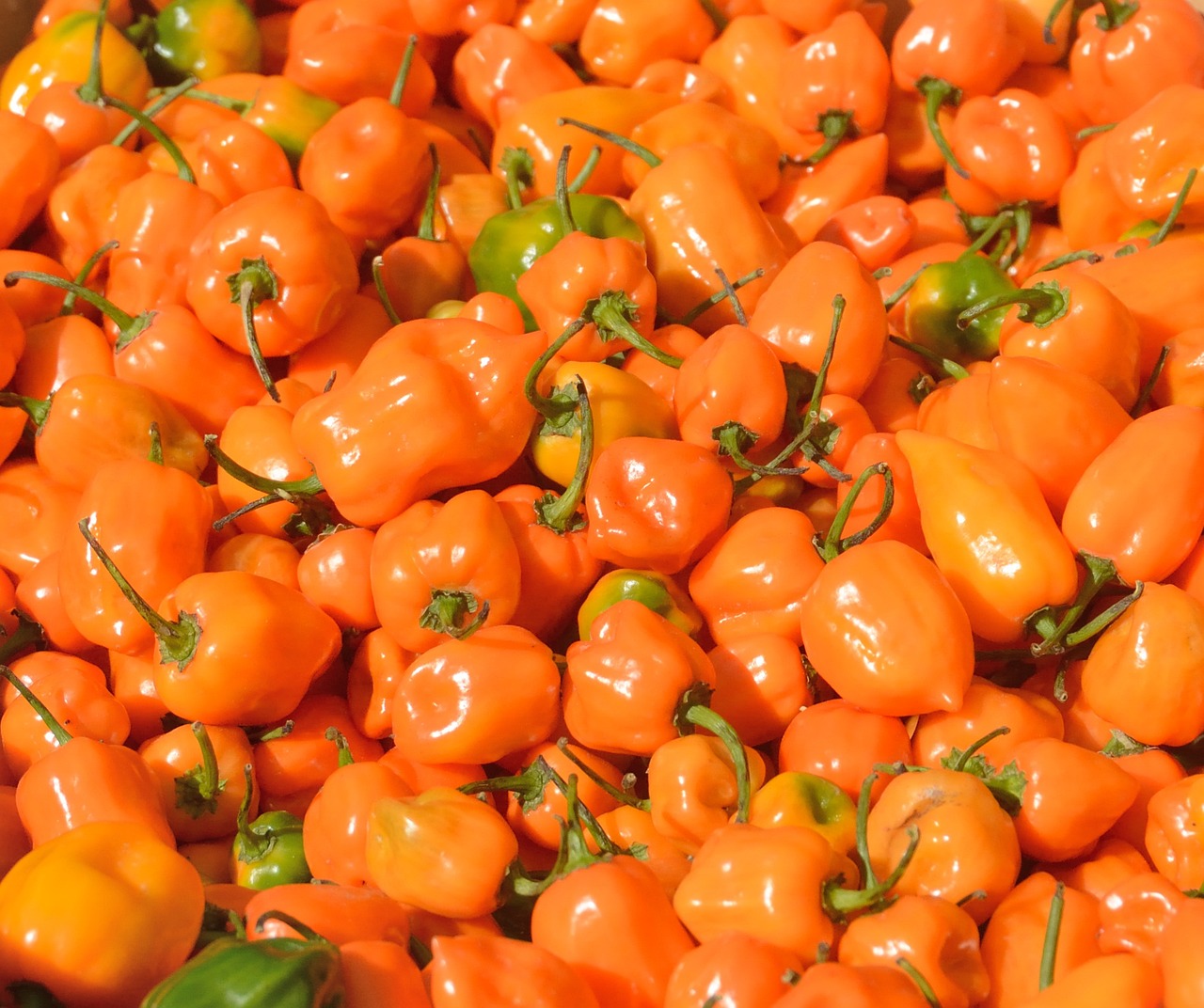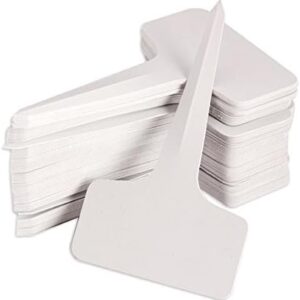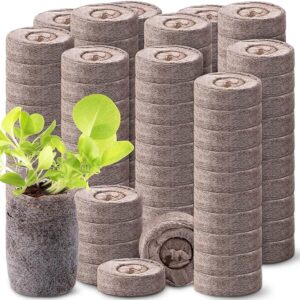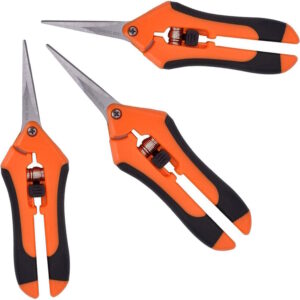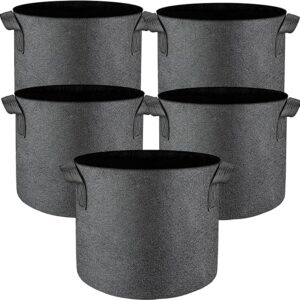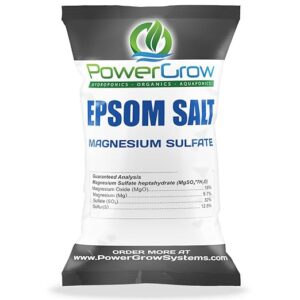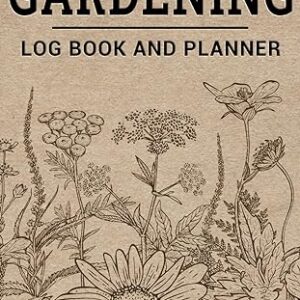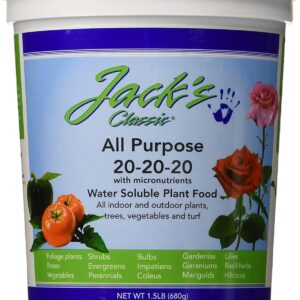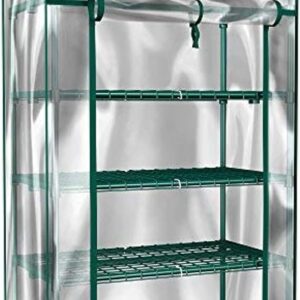Breeding, grafting, and cloning are powerful techniques that pepper enthusiasts can leverage to enhance their harvests and create unique varieties. This comprehensive guide delves into the art and science of breeding pepper plants, along with techniques for grafting and cloning, offering a roadmap to elevate your pepper-growing prowess.
1. Breeding Pepper Plants:
Selecting Parent Plants:
- Choose robust and healthy parent plants with desirable traits such as flavor, heat level, and disease resistance.
- Diversity is key; cross-pollinate plants from different varieties to introduce genetic variability.
Pollination Techniques:
- Hand pollination ensures controlled breeding. Use a small brush or cotton swab to transfer pollen from the stamen of one flower to the stigma of another.
- Isolate flowers to prevent unintended cross-pollination from insects.
Seed Harvesting and Germination:
- Allow peppers to fully ripen on the plant before harvesting seeds.
- Fermentation is a common method for seed extraction; rinse and dry seeds before germination.
Selecting and Propagating Offspring:
- Evaluate seedlings for desired traits, such as flavor, heat, and plant vigor.
- Transplant seedlings into suitable containers or garden beds once they develop strong roots.
2. Grafting Pepper Plants:
Reasons for Grafting:
- Introduce disease-resistant rootstocks to enhance overall plant health.
- Combine the desirable traits of two different pepper varieties into one plant.
Grafting Techniques:
- Choose a sharp, sterile knife for precise cuts.
- Employ the cleft graft or whip-and-tongue graft for optimal success.
Post-Graft Care:
- Keep grafted plants in a warm and humid environment to encourage healing.
- Monitor for signs of successful grafting, such as new growth and fusion of tissues.
3. Cloning Pepper Plants:
Selecting Parent Plants:
- Choose a healthy and vigorous pepper plant as the parent.
- Opt for disease-free and pest-resistant specimens.
Stem Cutting Technique:
- Take a 4-6 inch cutting from the parent plant, making a diagonal cut just below a node.
- Remove lower leaves to expose the node.
Rooting Medium and Environment:
- Dip the cut end in rooting hormone to encourage root development.
- Plant the cutting in a well-draining rooting medium and maintain high humidity.
Transplanting and Maintenance:
- Transplant rooted cuttings into individual pots once roots are well-established.
- Provide optimal conditions, including appropriate light, moisture, and nutrients.
Conclusion:
Mastering the art of breeding, grafting, and cloning pepper plants unlocks a world of possibilities for pepper aficionados. Whether creating unique varieties, fortifying plants against diseases, or replicating prized specimens, these techniques empower growers to shape their pepper gardens with precision and creativity. As you embark on your pepper-growing journey, embrace the potential for innovation and discovery that breeding, grafting, and cloning offer, turning your garden into a vibrant tapestry of spicy delights.
-
100 Pcs 6 x10cm Plastic Nursery/Garden Label Tags
-
100 Pcs Peat Pellets Plant Starter, 36MM
-
3 Pack 6.5 Inch Pruning Shears, Gardening Scissors
-
5 Pcs Grow Bags 5 Gallon Plant Grow Bags Multi-Purpose Nonwoven Fabric Pots with Durable Handles
-
Epsom Salt (Magnesium Sulfate) Agricultural Grade (5 Pounds)
-
Gardening Log Book and Planner
-
Jack’s Classic All purpose Fertilizer, water soluble, 20-20-20 1.5 lbs
-
Mini Greenhouse-4-Tier Indoor/Outdoor. Grow Plants, Seedlings, Herbs, or Mushrooms
-
Mini Humidity Meter Hygrometer/Thermometer 6 Pack

